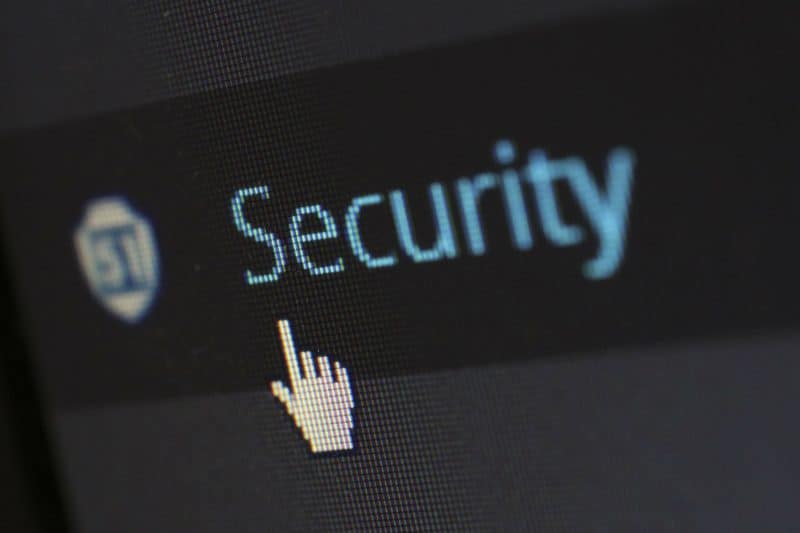The COVID-19 (otherwise known as coronavirus) outbreak has now firmly reached the United States, and “work from home” is the business phrase of the moment. Within the past few days, major companies have been advising their employees to work from home. But what about smaller businesses? What about businesses which can’t function with all workers at home?
First, take stock of how many of your workers could work from home in a worst-case scenario. If you’re an accounting firm, the number might be 100%. But if you’re a trucking company, maybe it’s 20%.
Next, divide your employees into groups, based on how effective they could be while working from home. You might have three groups:
- workers that can do their jobs from home easily
- workers that can perform some of their job functions from home
- workers that cannot perform their jobs from home
Once you have this list in hand, speak to your IT provider about the tech side of working remotely. You will want to ensure that your employees can access the resources they need to work from home, and that they can communicate effectively with their colleagues.
Accessing Business Resources
You’ll want to ensure that your employees can access all of the resources they need to do their jobs effectively. Does your company store all of its files in the cloud? If so, you’ll need to ensure that your employees are all set up to access these resources securely from home. If you have files or other resources stored locally, you’ll need a remote access solution, such as a Virtual Private Network (VPN) to allow your employees to access the company network from home.
Communicating Effectively
One of the well-known risks of working from home is that it can be difficult to communicate with your colleagues. Do you have a system in place so that internal teams can communicate easily? This step is often ignored in disaster planning, but it can be critical. The last thing you want is a situation where communication takes place via ad hoc methods such as cell phones and text messages.
If you don’t already have an internal system for this, look into video conferencing and collaboration solutions. For example, Microsoft Teams is a fully featured collaboration solution. If your business already uses Office 365, you may be able to use Teams at no extra cost. Google, Slack, and others offer similar options.
You’ll also want to make sure that phone calls from customers and vendors can be handled smoothly. Can all of your employees answer the office extensions from home? Are any internal call groups set up to handle out of office workers? Most modern business phone systems can re-route calls easily, so ask your IT provider if you aren’t sure.
Make Sure Your Infrastructure is Ready
Is your network ready for the increase in traffic that working from home will bring? Check to see if your internet connection is fast enough. If your users will be connecting via VPN, make sure that your office router/security appliance can handle the number of simultaneous connections. You’ll also want to make sure that your router offers appropriate perimeter defense for your business network. If you’re at all unsure, definitely ask your IT provider.
Don’t Forget About Security
Hackers are already taking advantage of the COVID-19 crisis to attack corporate systems. For example, those “pandemic tracking maps” that many people are compulsively following? Be careful. Attackers are also specifically targeting remote workers with e-mail phishing campaigns. Sad, but not surprising.
At the office, you can control the security environment for your workers. When working from home, you might need to take special precautions. Most people simply don’t put the same effort into their home network security that a business requires.
This will depend on your specific setup, but make sure that all home workers have an up to date antivirus and any other security software recommended by your IT provider. There are advanced solutions available that can provide your remote workers with a similar level of security that they would have in the office.
This is also a good time to go over your password policy. Strong passwords and multi-factor authentication can help keep your company safe inside or outside the office.
What if COVID-19 blows over?
Of course, some people think that fears over COVID-19 are overblown. Maybe it will be gone in two weeks, and business will be back to normal. Wouldn’t it be a waste of time and money to prepare for a threat that might not be as bad as we thought?
The answer is no, and you may have already guessed the reason why. All of the recommendations above have benefits for your business, even if we ignore the current coronavirus threat.
The most obvious benefit is that you’ll be prepared for many other threats. For example, how about a hurricane or a fire that damages your office? If you have proper backups (you do, right?) and a workforce capable of working from home, you’ll be up and running sooner than your competitors. If you can work when your competitors can’t, that’s a major business advantage.
Your business will also be more flexible even without considering disasters. Suppose your executive team has to travel for sales or a conference. If you have a smooth remote access and communications setup, you’ll be able to work from any location more effectively. You might feel more comfortable taking a vacation knowing that you can be connected with the home office if necessary.
Act Now to Be Ready Later
Everything in business is a balance. Most businesses can’t afford to prepare for every risk. But smart preparations can pay dividends even after the crisis passes. If your business has the flexibility and security foundation to make it through this viral pandemic, you’ll be better prepared for the future. Not only will you be ready for the next unexpected event, but you will find that your business is better prepared for the day to day challenges of modern business.



